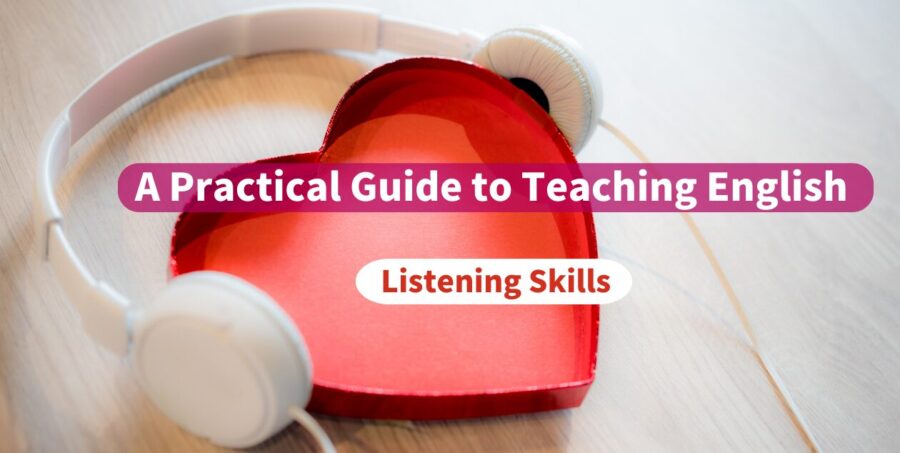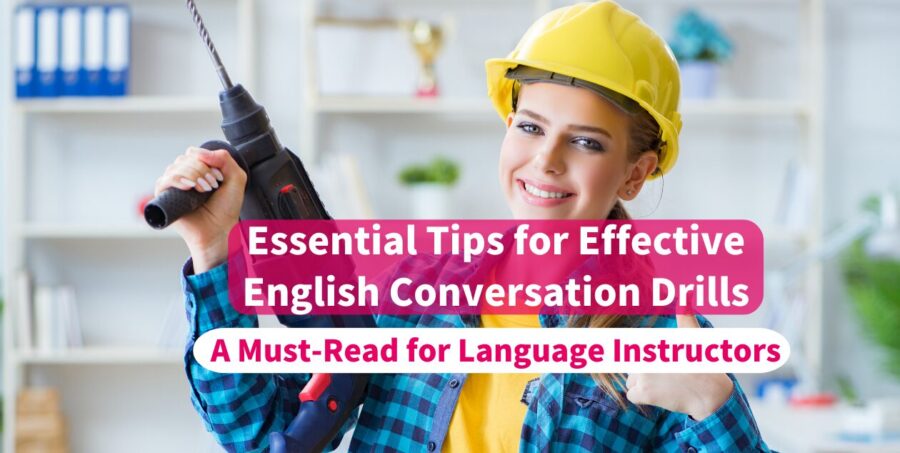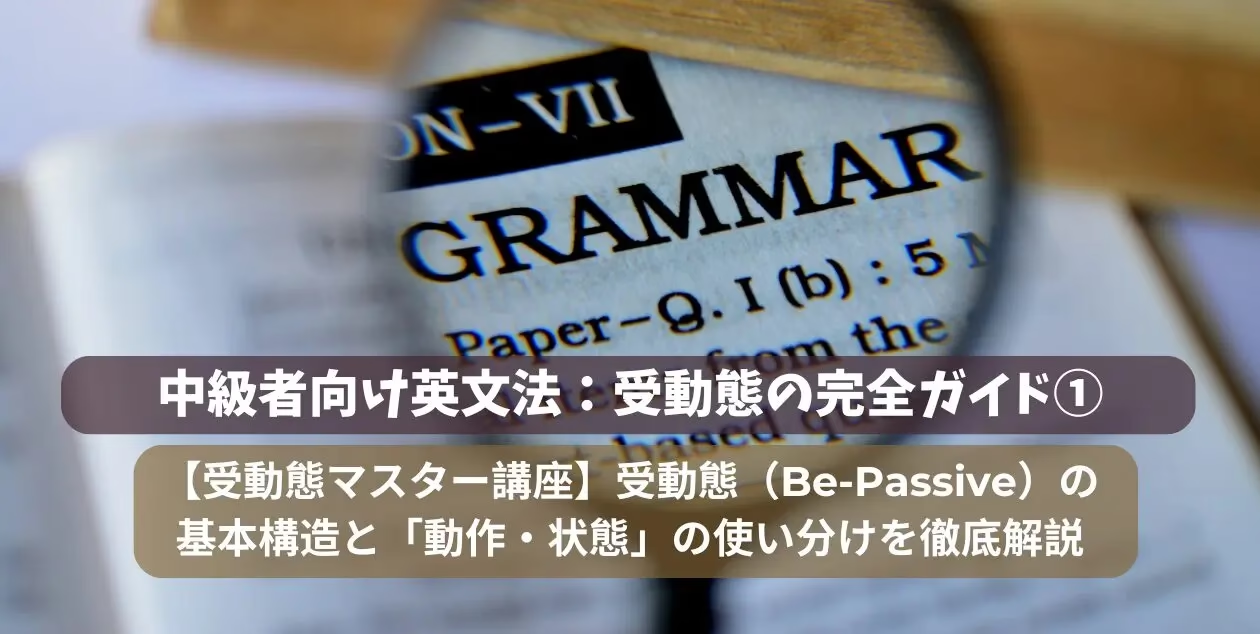Have you ever felt unsure about how to teach English effectively, especially in a classroom setting? For aspiring and current instructors, mastering the art of “Classroom English” is crucial. This article draws from over 35 years of teaching and training experience, distilling practical insights to help you lead impactful, student-centered lessons that are both engaging and effective.
1.What Defines a “Good Lesson”?

A good English lesson has three core characteristics:
- Target Language (T/L) Acquisition
- Define the specific language goal for each lesson, whether it’s grammar, vocabulary, or functional language.
- Ensure students actively use and internalize the target language.
- Student-Centered Approach
- Maximize student speaking time with techniques like pair work and group work.
- Maintain lesson tempo to keep learners engaged and increase speaking opportunities.
- Challenging Yet Attainable
- Strike the right balance of difficulty—slightly challenging content boosts motivation and skill growth.
- Understand student levels and adjust lesson materials accordingly.
2. Understanding Classroom English

1. What is “Classroom English”?
“Classroom English” refers to the language teachers use during lessons. For instructors, especially beginners, effectively using “Classroom English” can be a daunting task. However, mastering this skill is vital to ensure lessons are clear, engaging, and easy to follow.
2. The Fundamentals of Classroom English
Effective Classroom English can be summed up with the SSC principle:
- Short: Keep instructions brief and to the point.
- Simple: Use straightforward vocabulary and grammar.
- Clear: Speak with good articulation and sufficient volume.
3. Examples of Effective Classroom English:
- 1. Use Commands:
-
- Good: “Open your textbooks.”
- Avoid: “Could you all please open your textbooks?”
- 2. Ask Direct Questions:
-
- Good: “Who is he?”
- Avoid: “Do you know who he is?”
- 3. Break Down Complex Sentences:
-
- Good: “Look at this girl. She and I are friends.”
- Avoid: “This is the girl I used to work with back in my hometown.”
- 4. Speak Clearly:
-
- Pronounce words accurately.
- Use adequate volume depending on class size.
3. Delivering Clear Instructions

Poor instruction delivery can confuse students, leading to frustration and disengagement. To avoid this:
- 1. Focus on One Instruction at a Time:
-
- Good: “Listen. Repeat after me.”
- Avoid: “First, listen, then repeat, then discuss with your partner.”
- 2. Demonstrate Instead of Explaining:
-
- Instead of describing the activity in detail, show a quick example with a student.
- 3. Skip Unnecessary Details:
-
- Avoid saying, “I’m going to erase the board now,” and simply erase the board.
4. Providing Effective Reactions

Positive reinforcement and genuine reactions are key to building students’ confidence and motivation.
- Praise Often:
- Use phrases like “Good!”, “Great!”, or “Excellent!” to validate their efforts.
- React with Interest:
- Engage with their responses: “Oh, you went shopping? That’s great! What did you buy?”
- Avoid Interrogation:
- Balance your questions with comments and reactions to create a conversational atmosphere.
- Build Rapport:
- Share small personal anecdotes to relate to their experiences, making the interaction feel natural.
Conclusion
Mastering “Classroom English” and related teaching techniques takes time, but with consistent practice, you can transform your lessons into engaging and effective learning experiences. Focus on setting clear objectives, using student-centered methods, and maintaining a supportive and interactive environment. These strategies will not only help your students acquire the target language but also make your classes enjoyable and memorable.















